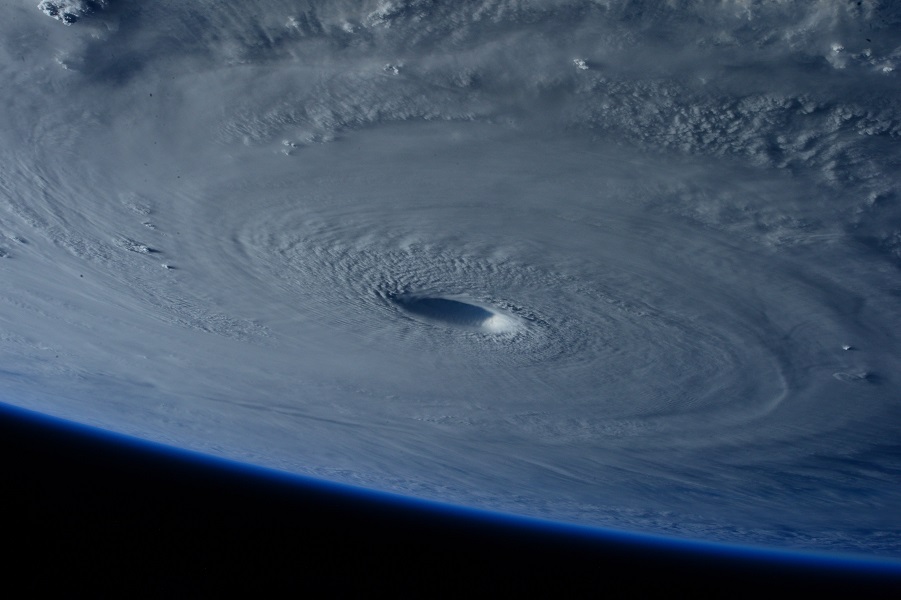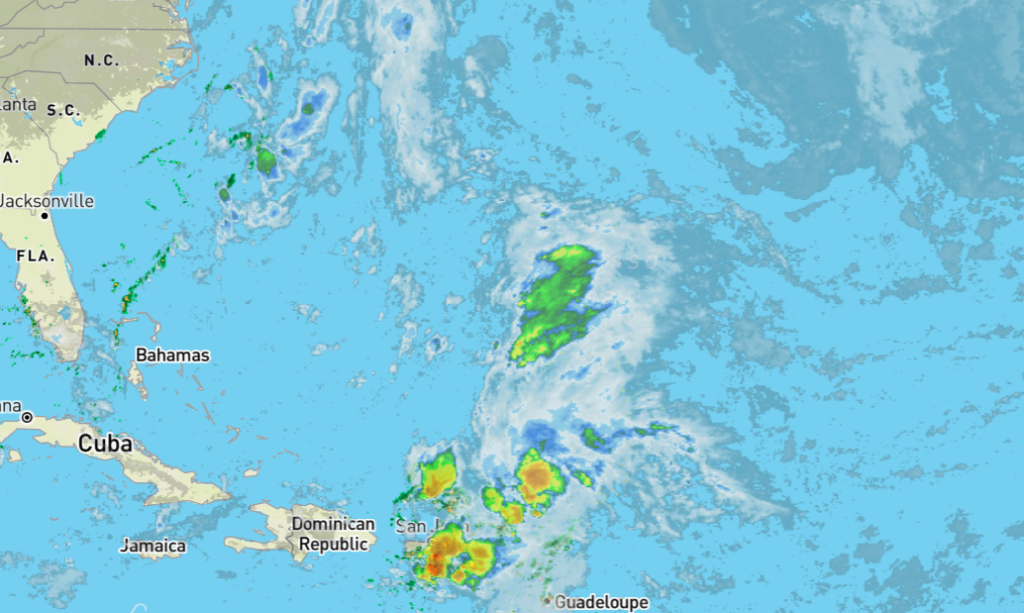We’ve had three named storms in June. Arlene and Bret didn’t get very far, and while Cindy managed to rise to the level of a Tropical storm, she gave up a few days ago just north of the Dominican Republic.
This year’s third named storm fell apart and is drifting aimlessly toward Bermuda. There is still an opportunity for her to get her groove on, but it’s low, and as she moves north into colder water, the fuel required becomes scarce.
NOAA has predicted 12-17 named storms for the 2023 season from June 1 to November 30, 5-9 Hurricanes, and 1-4 major hurricanes. A normal hurricane season. That’s probably a safer guess after last year. Hurricane NOAA predicted an above-average season for 2022 that never happened. They missed by a country mile.
This year scientists are certain that they are uncertain.
After three hurricane seasons with La Nina present, NOAA scientists predict a high potential for El Nino to develop this summer, which can suppress Atlantic hurricane activity. El Nino’s potential influence on storm development could be offset by favorable conditions local to the tropical Atlantic Basin.
Maybe, maybe not. But we are doomed by 2050 or wherever the goalposts got moved to after the last jet-setting, carbon-intensive climate cult conference. Being uncertain about that is to deny science.
As for Cindy, the hurricane, not the youngest Brady Girl; she’s the green smear in the middle of the Atlantic.
Not much to look at, and so far, most of the action has been in the Pacific, off the coast of Mexico.
Maybe those storms will spin up and try to migrate across our open southern border.


